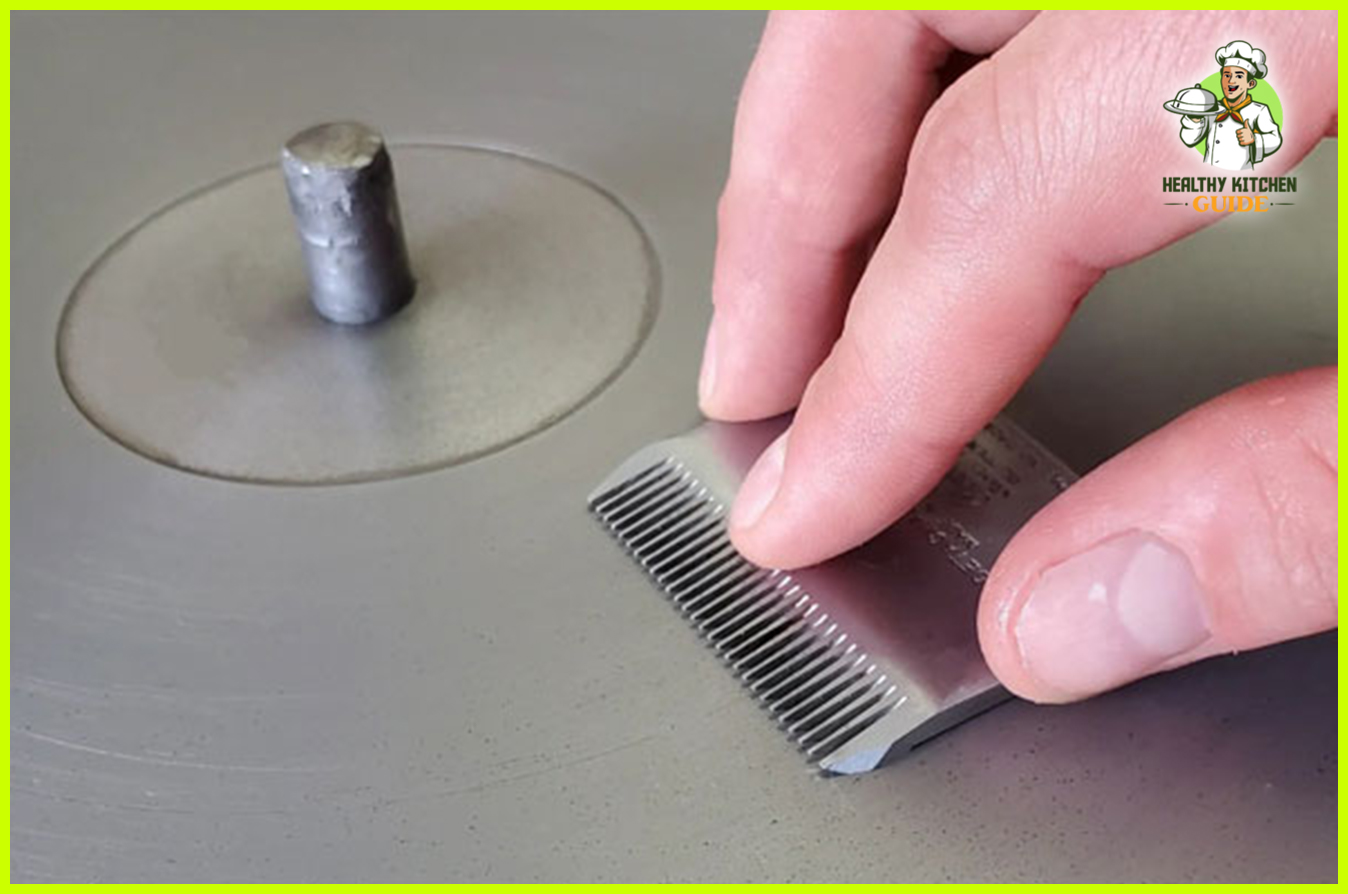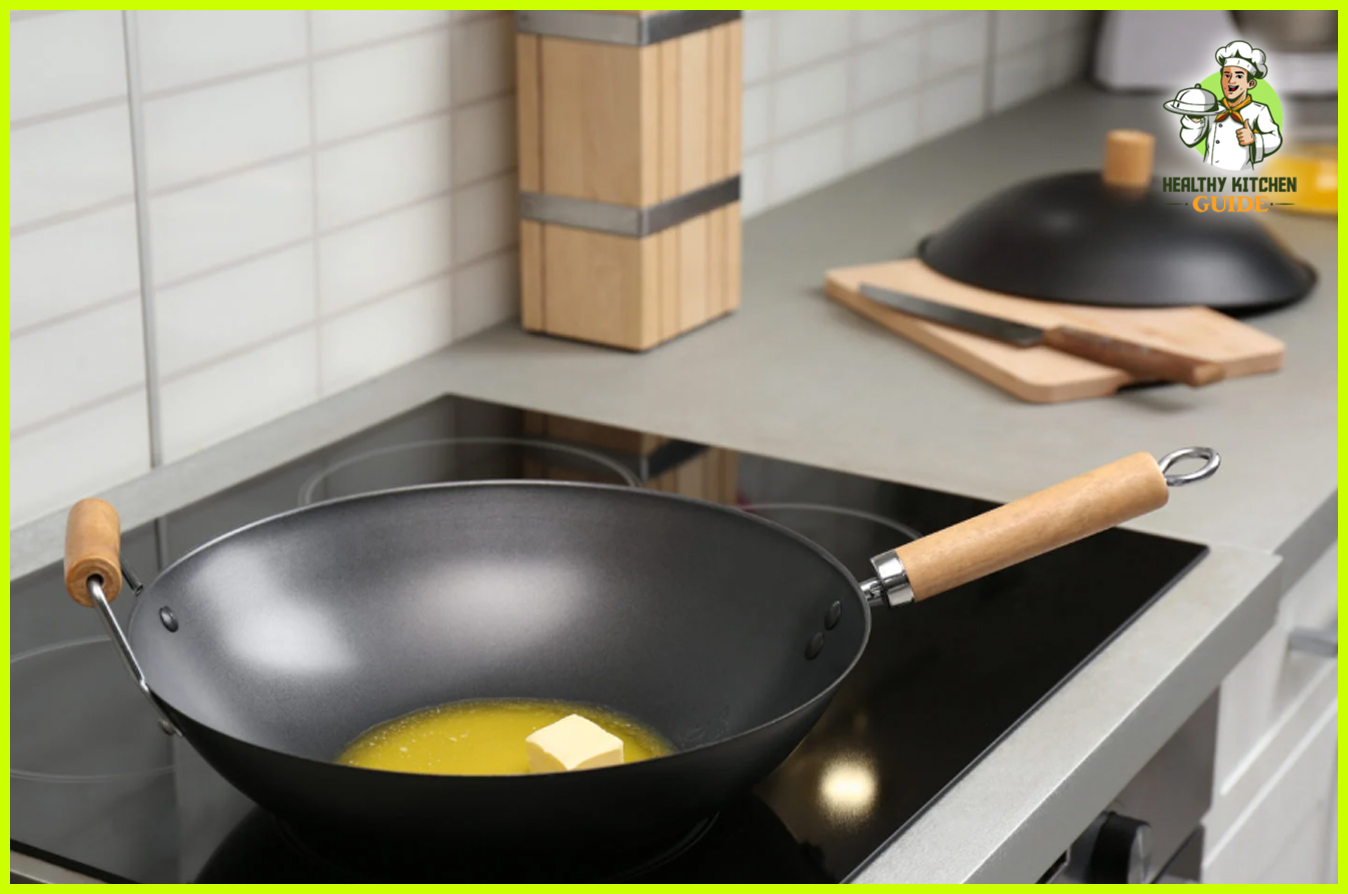To make a sheath for a knife, start by measuring and cutting a piece of leather to size. Then, fold the leather in half and use a leather punch to create holes along the edges.
After that, sew the edges together using a leather needle and thread. Finally, attach a belt loop or fastener to the back of the sheath for convenient carrying. Making a sheath for a knife is a useful skill to have, whether you’re an outdoors enthusiast, a craftsman, or simply a knife collector.
A well-made sheath not only protects the knife’s blade and keeps it secure, but also adds a touch of personalization to your equipment. While buying a sheath is an option, making one yourself allows for customization and can be a rewarding DIY project. With a few tools and materials, you can create a functional and stylish sheath that suits your needs. This guide will walk you through the step-by-step process of making a sheath for a knife, ensuring a secure and professional end result.
Selecting A Durable And Protective Outer Fabric
How to Make a Sheath for a KnifeWhen making a sheath for your knife, it is crucial to select a durable and protective outer fabric. The fabric you choose will directly impact the performance and longevity of your sheath. Here are some considerations to keep in mind when choosing the right fabric:
| Type of Fabric | Benefits | Drawbacks |
|---|---|---|
| Nylon | Durable and resistant to abrasions | Can be prone to tearing if not properly reinforced |
| Leather | Provides excellent protection and a classic look | May require regular maintenance to prevent drying and cracking |
| Kydex | Offers superb durability and water resistance | Can be more rigid and less comfortable to carry |
| Cordura | Highly resistant to abrasions and tearing | May not offer as much protection against moisture |
Each fabric option has its own advantages and disadvantages. Nylon is a popular choice for its durability, but it can tear if not properly reinforced. Leather offers excellent protection and a timeless aesthetic but requires regular maintenance. Kydex is highly durable and resistant to water, but it can lack comfort. Cordura is known for its resistance to abrasions but may not provide enough protection against moisture.
Picking The Best Inner Lining Material For Your Sheath
A crucial aspect of making a sheath for a knife is selecting the right inner lining material to ensure superior protection against moisture and corrosion. Evaluating various options available in the market helps in making an informed decision. There are several factors to consider when choosing the inner lining material, such as its protective properties, durability, and compatibility with the knife. Some common options are leather, Kydex, and nylon. Leather not only offers a classic look but also has natural moisture-wicking properties. Kydex, on the other hand, is a thermoplastic material that provides excellent strength and waterproofing. Nylon, a synthetic fabric, is also a popular choice due to its water-resistant and corrosion-resistant properties. To make the best choice, consider the specific needs of your knife and the conditions it will be exposed to. With the right inner lining material, you can ensure the longevity and functionality of your knife sheath.
Measuring And Tracing Your Knife As The Basis For Your Pattern
Accurate measurements are essential when making a sheath for your knife, as they ensure a perfect fit. To start, trace the outline of your knife on paper or cardboard to create the basis for your pattern. Use a ruler and measuring tape to meticulously measure the length, width, and thickness of your knife. Take note of any additional features, such as a guard or a hilt, and include these measurements as well.
By capturing the precise dimensions of your knife, you can create a pattern that will fit it like a glove. This will help you avoid any unnecessary adjustments or ill-fitting sheaths. When tracing your knife, be sure to follow along the edge and account for any curves or indentations. Remember, accuracy is key in ensuring the final sheath is both functional and visually appealing.
Adding Seam Allowances And Other Design Elements To The Pattern
When making a sheath for a knife, adding seam allowances and other design elements to the pattern is essential for a well-fitting and functional final product. Incorporating necessary seam allowances ensures that the sheath will snugly hold the knife, preventing it from slipping out. It is also possible to customize the sheath with additional design features such as decorative stitching or tooling to give it a unique look and personal touch.
Moreover, if you plan to attach the sheath to a belt or harness, it is important to calculate and include allowances for straps or belt loops. This will allow the sheath to be securely and conveniently fastened to your body or equipment. By taking the time to carefully consider these design elements, you can create a sheath that not only serves its practical purpose but also reflects your individual style.
Cutting And Preparing The Outer Fabric And Inner Lining
When making a sheath for a knife, the first step is cutting and preparing the outer fabric and inner lining. Start by transforming your pattern into physical pieces. Lay the pattern pieces on top of the fabric and lining, ensuring they are aligned properly. Use pins to secure the pattern pieces in place.
Using a sharp pair of fabric scissors, carefully cut around the pattern pieces, following the designated lines. Take your time to ensure precise and clean cuts. Remove the pattern pieces and set them aside.
Repeat this process for both the outer fabric and inner lining. Remember to cut two of each piece, as you will need a front and back for both the outer and inner layers. Once all the pieces are cut, you can move on to the next step in making a sheath for a knife.
Assembling The Sheath With Precision
Sewing or bonding the main components of the sheath together is an important step in creating a durable and functional sheath for your knife. Whether you choose to sew or bond the components will depend on your personal preference and the materials you are working with. Sewing the components together can provide added strength and flexibility, especially if you use a strong and durable thread. Bonding, on the other hand, can be a faster and more efficient method, particularly if you use an adhesive that is specifically designed for the materials you are working with. Whichever method you choose, make sure to secure the components firmly to avoid any potential gaps or loose ends.
Once the main components are securely attached, you can then move on to attaching additional elements and reinforcements for added durability and functionality. This may include adding straps, buckles, or loops to secure the sheath to your belt or gear, as well as reinforcing key areas with additional layers of material or stitching. These additional elements and reinforcements will not only enhance the overall strength and usability of the sheath but also add aesthetic value to the final product.
Finishing Touches: Edges, Trims, And Finalizing The Sheath
When making a sheath for a knife, it’s important to pay attention to the finishing touches. One important aspect is trimming excess fabric and refining the shape of the sheath. This can be done using sharp scissors or a utility knife, carefully cutting away any unnecessary material.
To add a professional touch, consider incorporating edge treatments. Options include folding over the edges and sewing them down or using heat to seal the edges. This will help prevent fraying and give the sheath a neat and polished look.
To make your sheath stand out, you can also add decorative elements. This could be as simple as stitching patterns or attaching beads, shells, or metal accents. The choice of decoration depends on your personal style and the intended use of the sheath.
Once all the finishing touches are applied, take the time to inspect the sheath and make necessary adjustments. Ensure the knife fits snugly and that the sheath provides proper protection. With attention to detail and these final steps, your homemade knife sheath will be complete and ready to use.
Essential Care Practices To Prolong The Life Of Your Sheath
To prolong the life of your knife sheath, it is essential to establish regular cleaning and maintenance routines. Cleaning the sheath regularly will prevent the build-up of dirt, grime, and moisture, which can lead to damage and rust. Begin by wiping down the sheath with a damp cloth to remove any surface debris. If there are stains or stubborn dirt, use a mild soap and water solution to gently scrub the affected areas. After cleaning, ensure the sheath is completely dry before storing the knife. Additionally, it is crucial to protect the sheath against moisture, rust, and other potential hazards. Consider applying a waterproof coating or treating the sheath with a leather conditioner to keep it in optimum condition. By incorporating these care practices into your routine, you can extend the lifespan of your knife sheath and ensure its continued functionality.
Repairing And Replacing Parts Of Your Sheath
In this blog post, we will provide a step-by-step guide on how to repair or replace damaged components of your knife sheath. If you encounter common issues with your sheath, troubleshooting may be necessary to ensure its functionality and longevity.
1. Inspect the sheath for any visible damages, such as torn or loose stitching, cracks, or excessive wear. Identifying the problem areas will help you determine the necessary repairs or replacements.
2. For torn or loose stitching, carefully remove the existing stitches using a seam ripper. Replace them with new stitches using a heavy-duty nylon thread and a needle. Make sure to sew through the existing stitch holes to maintain the integrity of the sheath.
3. If there are cracks or holes, you can repair them by applying a strong adhesive specifically designed for leather. Apply the adhesive to both sides of the crack or hole and press them together firmly, ensuring a secure bond.
4. If the belt loop or snap closure is damaged, you can replace them by carefully removing the existing ones using pliers or a seam ripper. Purchase replacement parts that match the original specifications and attach them using suitable tools or hardware.
By following these simple steps, you can easily repair or replace damaged components of your knife sheath, ensuring its functionality and prolonging its lifespan. Remember to regularly inspect and maintain your sheath to prevent any future issues.
Enhancing And Personalizing Your Sheath Over Time
Enhancing and personalizing your sheath over time allows you to create a unique and personalized accessory for your knife. Upgrades and customization options give you the opportunity to add practical features or decorative accents that reflect your style and preferences.
When it comes to practical features, you can consider adding a belt loop or a clip for easy and secure carrying. These additions ensure that your knife is always within reach and conveniently accessible.
Moreover, you can include additional pockets or compartments to store other small tools or accessories. This not only increases the functionality of your sheath but also allows you to keep everything you need in one place.
In terms of customization, you can explore various decorative accents such as embossed patterns, engraved initials or logos, or even stitched designs. These personal touches not only add visual appeal to your sheath but also make it a reflection of your individuality.
| Upgrades | Customization Options |
|---|---|
| – Belt loop or clip for easy carrying | – Embossed patterns for visual appeal |
| – Additional pockets or compartments | – Engraved initials or logos for personalization |
| – Durable and high-quality materials for longevity | – Stitched designs for a unique look |
Frequently Asked Questions For How To Make A Sheath For A Knife
How Do You Make A Sheath For A Knife?
To make a sheath for a knife, first, measure the knife’s dimensions and choose the appropriate material. Cut and sew the material, leaving space for the knife to fit comfortably. Add a fastening mechanism and test the sheath to ensure a secure fit.
What Is The Best Material For A Knife Sheath?
The best material for a knife sheath depends on personal preference and the intended use. Leather is a popular choice for its durability and classic look, while Kydex offers a modern and lightweight option. Consider factors like weather resistance and ease of maintenance when choosing the material.
Can I Make A Sheath For My Knife Without Sewing?
Yes, you can make a sheath for your knife without sewing. Using materials like Kydex or thermoplastic, you can mold the sheath around the knife using heat. This offers a secure and custom fit without the need for sewing.
How Do I Attach A Sheath To My Belt?
To attach a sheath to your belt, look for a belt loop or attachment point on the sheath. Slide your belt through the loop or attach the sheath securely to the belt using clips, screws, or straps. Ensure the attachment is tight and secure before wearing it.
How Do I Maintain A Knife Sheath?
To maintain a knife sheath, regularly inspect it for any damage or wear. Clean the sheath with a mild soap solution and let it dry completely. Condition the leather sheath with a leather conditioner, and for Kydex or plastic sheaths, wipe them clean with a damp cloth.
Store the sheath in a cool and dry place to prevent mold or mildew.
Can I Customize My Knife Sheath Design?
Yes, you can customize your knife sheath design. Add personal touches like decorative stitching, embossing, or engraving. You can also dye or stain the leather to achieve the desired color. However, ensure that any modifications do not compromise the functionality or safety of the sheath.
Conclusion
Crafting a sheath for your knife is a practical and rewarding skill to master. By following the step-by-step guide outlined in this blog post, you can create a custom sheath that perfectly fits your blade and personal style. From selecting the right materials to sewing techniques, we have covered all the necessary aspects for a successful DIY project.
So, why not give it a try and enjoy the satisfaction of carrying and protecting your knife in a sheath that you made yourself? Happy crafting!




Leave a Reply